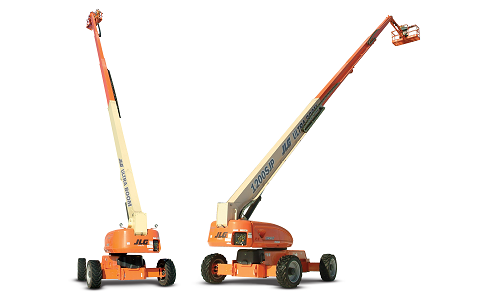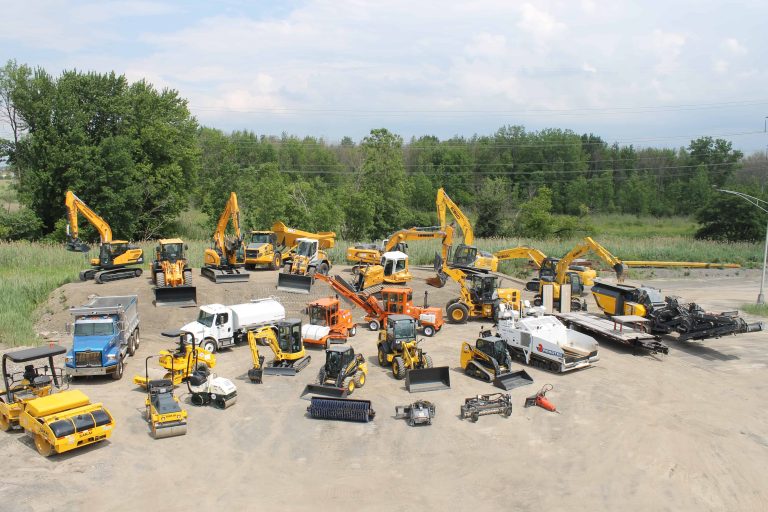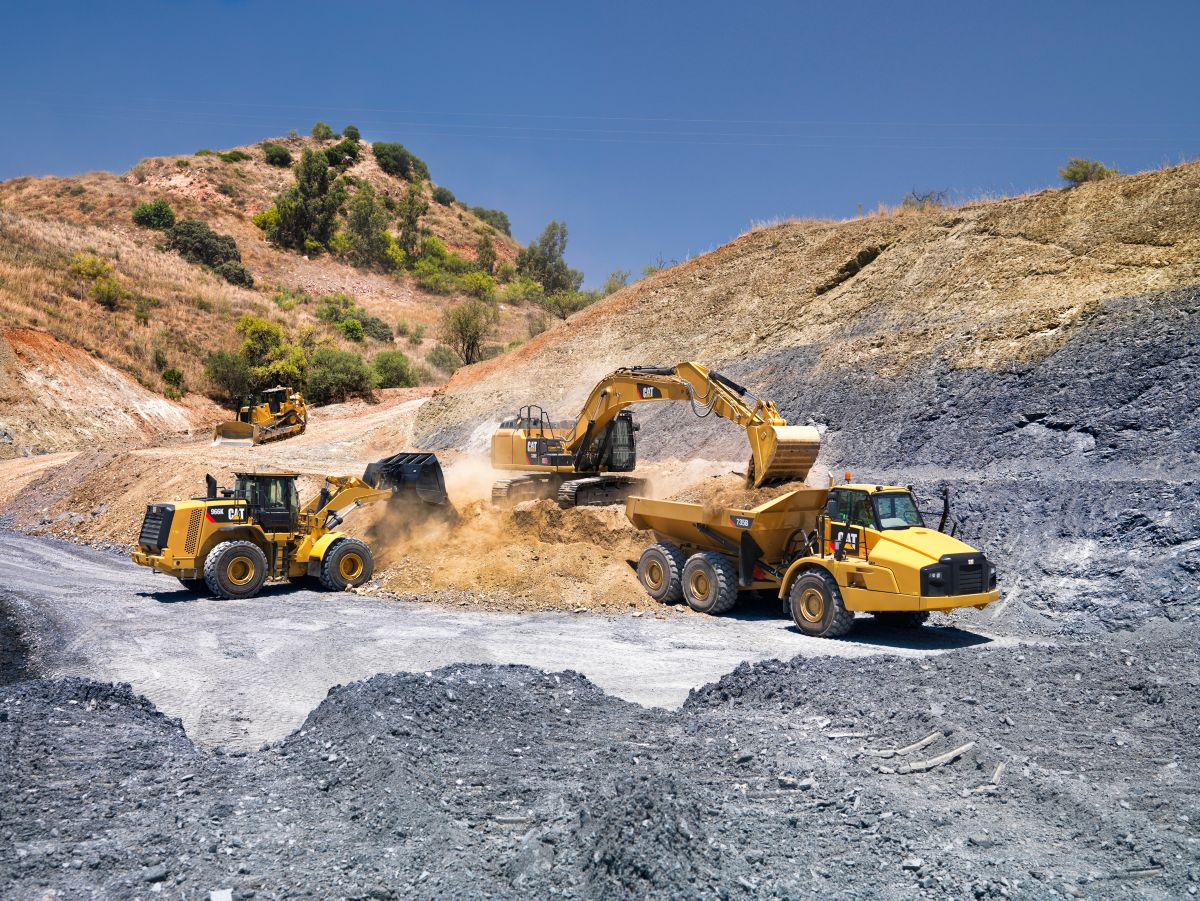Heavy Equipment Rental: Large Machinery for Any Type Of Construction Task
Heavy Equipment Rental: Large Machinery for Any Type Of Construction Task
Blog Article
Maximize Your Budget by Recognizing the Expenses Related To Building Tools Services
Comprehending the complete scope of expenses connected with building equipment services is essential for optimizing your budget plan. What techniques can be used to effectively take care of these costs and ensure a more effective rental experience?
Introduction of Rental Expenses
When thinking about construction tools rentals, comprehending the connected costs is extremely important for efficient budgeting and project planning. Rental costs can vary substantially based upon numerous aspects, including devices kind, period of service, and place. The initial rental cost frequently mirrors the equipment's market demand and its connected functional abilities, affecting the general expenditure.
Along with the base rental rate, secondary costs might arise, such as transportation costs, fuel additional charges, and maintenance fees. It is vital to represent these added expenditures to accurately evaluate the overall price of leasing equipment. Furthermore, the rental duration can impact pricing; longer services might get discounted rates, while temporary leasings could sustain higher day-to-day costs.

Break Down of Rental Rates
An extensive understanding of rental rates is essential for professionals and project managers intending to enhance their spending plans. Rental rates for building tools typically include numerous elements, including base rates, time-based charges, and usage charges.
Base rates are the core costs linked with the leasing of the devices, commonly determined by the type and size of the machinery. These prices can differ significantly, influenced by aspects such as tools need, schedule, and regional market fads. Time-based costs, which might be daily, weekly, or monthly, offer to suit different job timelines and rental durations.
Furthermore, rental prices may consist of use charges, which are relevant when equipment is used past a defined limit, guaranteeing that the rental firm can make up deterioration. Seasonal demand changes can likewise influence rental prices, with peak building and construction seasons commonly regulating greater prices.
Additionally, comprehending the rental firm's plans regarding maintenance and insurance policy can offer more understanding right into the overall price framework. By assessing these elements, service providers can make enlightened choices, guaranteeing the choice of rental devices aligns with both project requirements and budget restrictions.
Extra Costs to Consider
Recognizing the intricacies of extra costs is essential for contractors to manage their total leasing costs efficiently. Beyond the conventional rental prices, various supplemental charges can substantially influence the overall expense of equipment rental. These fees frequently include shipment and pick-up costs, which can vary based on distance and logistics associated with moving the tools to and from the work website.
Furthermore, some rental firms might impose fuel surcharges if the equipment find more info is returned with much less gas than when rented. It is also necessary to recognize prospective cleansing fees, specifically for specific tools that needs complete maintenance after usage.

Completely reviewing the rental contract and clearing up these extra costs upfront can assist professionals guarantee and stay clear of unanticipated costs that budget plans remain undamaged throughout the project lifecycle.
Maintenance and Repair Work Expenditures
Normal repair and maintenance expenses are commonly neglected factors that can substantially influence the overall cost of building and construction equipment rentals. When renting devices, it is important to think about not only the rental fees yet likewise the potential prices associated with keeping the machinery in optimal operating condition.
Many rental business include fundamental maintenance as component of the rental agreement; however, more unanticipated failures or substantial repair work can lead to additional costs. It's vital to review the rental contract very carefully to understand what upkeep solutions are covered and what duties drop on the renter.
Additionally, tools that is not well-kept can cause inefficiencies Related Site on the job website, possibly increasing and creating hold-ups task prices. To minimize these risks, it is recommended to carry out routine assessments and maintain open communication with the rental supplier regarding any problems that arise throughout usage.
Insurance and Obligation Costs
Insurance coverage and obligation costs are important parts that can dramatically influence the total expenditure of building and construction devices leasings (equipment rental company). These prices make sure that both the rental company and the customer are secured from prospective financial losses occurring from accidents, damages, or burglary during the rental duration

In addition, clients ought to recognize any type of deductibles or exemptions in the insurance plan, as these can influence potential out-of-pocket costs. Understanding the terms and problems of any type of insurance protection is important to prevent unforeseen costs. Ultimately, budgeting for insurance policy and responsibility expenses can aid guarantee a smoother rental experience and protect against economic threats connected with building and construction tasks.
Final Thought
Finally, a comprehensive understanding of the costs related to construction equipment leasings is necessary for efficient spending plan management. By assessing rental rates, extra costs, upkeep costs, and insurance individuals, needs and companies can lessen unforeseen expenditures. This tactical strategy not just enhances cost-effectiveness yet also ensures that projects proceed smoothly and effectively. Inevitably, notified decision-making relating to devices leasings adds to the overall success of building and construction endeavors.
Rental costs can differ substantially based on several factors, consisting of equipment kind, period of rental, and area (construction equipment rentals). The rental duration can affect rates; longer leasings may certify for discounted prices, while short-term leasings might incur greater everyday costs
By carrying visit this page out comprehensive study and engaging with reputable rental companies, service providers can efficiently browse the complexities of rental prices, inevitably maximizing their economic resources.
Past the conventional rental prices, various extra charges can considerably affect the overall expense of tools leasing. Rental firms often offer responsibility insurance that covers injuries to 3rd events or damage to building, while equipment damages insurance can cover the expense of fixings or substitute if the rented equipment is damaged.
Report this page